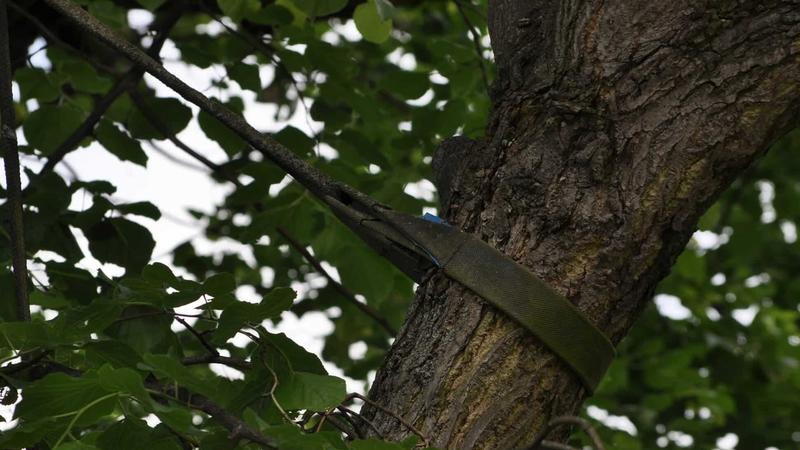
Expert Tree Cabling & Bracing in the Sandhills
Don't lose a heritage tree
Have a tree that you love, but you aren't sure if it can withstand the winds? It could be a majestic old oak, a beautiful magnolia, or a nice longleaf pine that you just can't stand to lose. Not all trees can be supported with cabling and bracing, but many can and we can help you assess the situation and determine the right solution.
We take pride in our extensive experience and expertise in tree cabling, a specialized technique used to reinforce weak or damaged branches and prevent potential hazards. Our skilled professionals carefully assess your trees to determine the appropriate cabling solution, ensuring a safe and effective process that promotes overall tree health and longevity. With our commitment to quality and safety, you can trust us to provide the highest level of tree care and protection for your property.
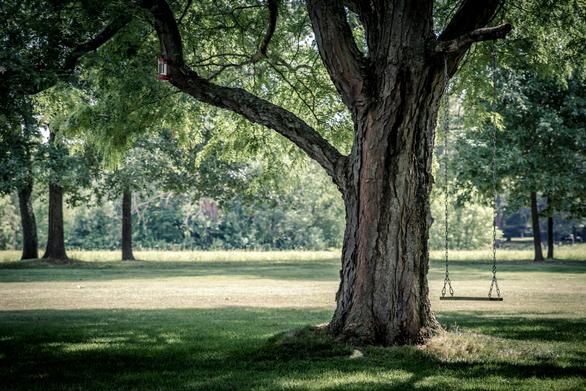
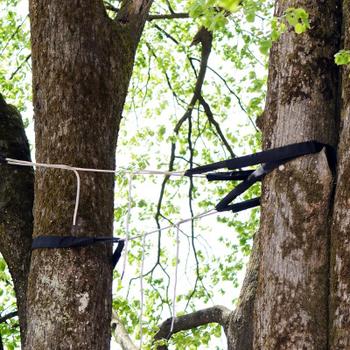
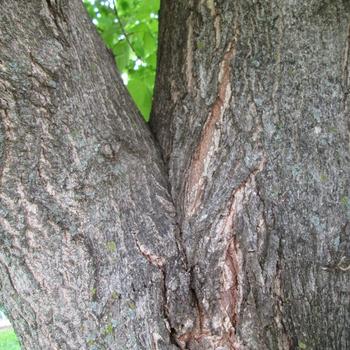
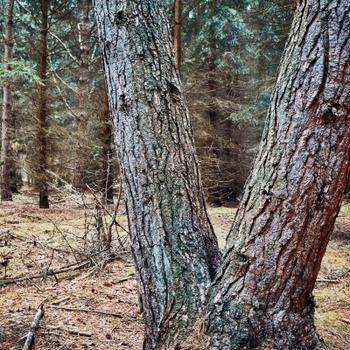

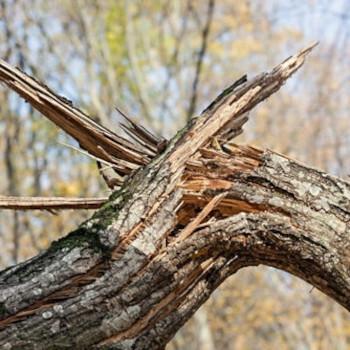
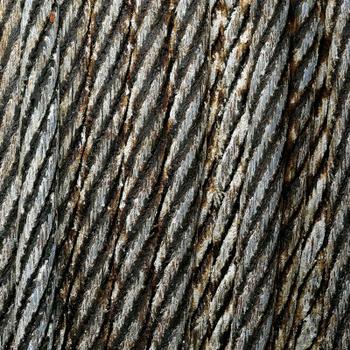
Customers may choose to cable and brace their trees for various reasons, including reinforcing weak or damaged branches to prevent potential hazards, promoting overall tree health and longevity, improving structural stability, and preserving the aesthetic value and natural beauty of their trees
Reinforcing weak or damaged branches
Cabling and bracing can provide essential support for weak or damaged branches, preventing potential hazards and improving overall tree safety.
Promoting overall tree health
By reinforcing weak branches, cabling and bracing can help promote overall tree health and longevity, ensuring a strong and stable landscape.
Enhancing structural stability
Cabling and bracing can improve the structural stability of trees, reducing the risk of damage from wind, ice, or other environmental factors.
Preserving aesthetic value
By maintaining the natural shape and appearance of trees, cabling and bracing can help preserve the aesthetic value and beauty of your landscape.
Ensuring safety for people and property
By preventing potential hazards and promoting overall tree health, cabling and bracing can help create a safer environment for people and property, minimizing the risk of damage or injury.
We specialize in providing essential support and reinforcement for weak or damaged tree branches. Our skilled professionals employ a range of specialized methods and equipment to ensure a safe and effective cabling process, tailored to the unique needs of your trees and property. With years of experience and a commitment to quality, we're dedicated to preserving the health, safety, and beauty of your trees through our expert cabling solutions.
Cabling
This method involves attaching cables to branches to provide support and reduce the risk of breakage. Cables are typically made of galvanized steel or synthetic materials and are installed using specialized hardware, such as thimbles, ferrules, and turnbuckles. Most commonly, we use wire stops as this is the least invasive method and retains 100% of cable strength.
Bracing
Bracing involves installing rods or braces between branches to provide additional support and improve structural stability. Braces are typically made of galvanized steel or aluminum and are attached using specialized hardware, such as bolts, washers, and nuts.
Dynamic Cabling & Bracing
This method combines the benefits of both cabling and bracing, using specialized equipment such as flexible cables to provide support while allowing for some natural movement and flexibility. These cables usually limit the maximum distance that a limb is able to move, adding support and avoiding stress while still allowing the tree to grow naturally
Frequently Asked Questions
- Will the installation process hurt my tree?
No. Some older forms or inexperienced methods of cabling got a bad reputation by wrapping cables or ropes around the branches. Our expert team uses modern techniques and tools to install cables which minimize the wound to the tree and maximizes cable and tree strength.
- How often should I have my trees cabled or braced?
The frequency of cabling or bracing depends on factors such as tree species, age, and overall health. Contact us for a personalized assessment and maintenance schedule tailored to your specific needs.
- Is cabling and bracing safe for my trees?
Our skilled professionals use industry-standard techniques and equipment to ensure a safe and effective cabling and bracing process, minimizing the risk of damage to your trees.
- How long does the cabling and bracing process take?
The duration of the cabling and bracing process depends on factors such as tree size, location, and complexity. We strive to complete all projects efficiently while maintaining the highest level of safety and quality.
- Can you cable or brace a tree without damaging nearby structures?
Yes, our team has extensive experience in safely cabling and bracing trees in close proximity to structures, using specialized techniques and equipment to minimize the risk of damage.
- What is the best time of year to cable or brace my trees?
The optimal time for cabling and bracing depends on the tree species and the specific goals of the project. Contact us for a personalized recommendation based on your unique needs.
Let's Get Started
Get your free estimateProud to provide the best tree services in Moore County
- The Best Tree Services in Southern Pines, NC
- Professional Tree Services in Pinehurst, NC
- Expert Tree Services in Aberdeen, NC
- Superior Tree Services in Whispering Pines, NC
- Leading Tree Services in Carthage, NC
- Top-tier Tree Services in Seven Lakes, NC
- Trusted Tree Cabling and Bracing in Aberdeen, NC
- Trusted Land Clearing in Aberdeen, NC
- Trusted Stump Grinding in Aberdeen, NC
- Reliable Tree Removal in Aberdeen, NC
- Trusted Tree Trimming in Aberdeen, NC
- Trusted Tree Cabling and Bracing in Pinehurst, NC
- Trusted Land Clearing in Pinehurst, NC
- Trusted Stump Grinding in Pinehurst, NC
- Professional Tree Removal in Pinehurst, NC
- Trusted Tree Trimming in Pinehurst, NC
- Top Rated Tree Services in Raeford, NC
- Efficient Land Clearing in Raeford, NC
- Trusted Tree Cabling and Bracing in Seven Lakes, NC
- Premier Land Clearing in Seven Lakes, NC
- Trusted Stump Grinding in Seven Lakes, NC
- Professional Tree Removal in Seven Lakes, NC
- Trusted Tree Trimming in Seven Lakes, NC
- Trusted Tree Cabling and Bracing in Southern Pines, NC
- Trusted Land Clearing in Southern Pines, NC
- Trusted Stump Grinding in Southern Pines, NC
- The Best Tree Removal in Southern Pines, NC
- Trusted Tree Trimming in Southern Pines, NC
- Top-tier Tree Services in Vass, NC
- Trusted Tree Cabling and Bracing in Vass, NC
- Dependable Land Clearing in Vass, NC
- Trusted Stump Grinding in Vass, NC
- Reliable Tree Removal in Vass, NC
- Trusted Tree Trimming in Vass, NC
